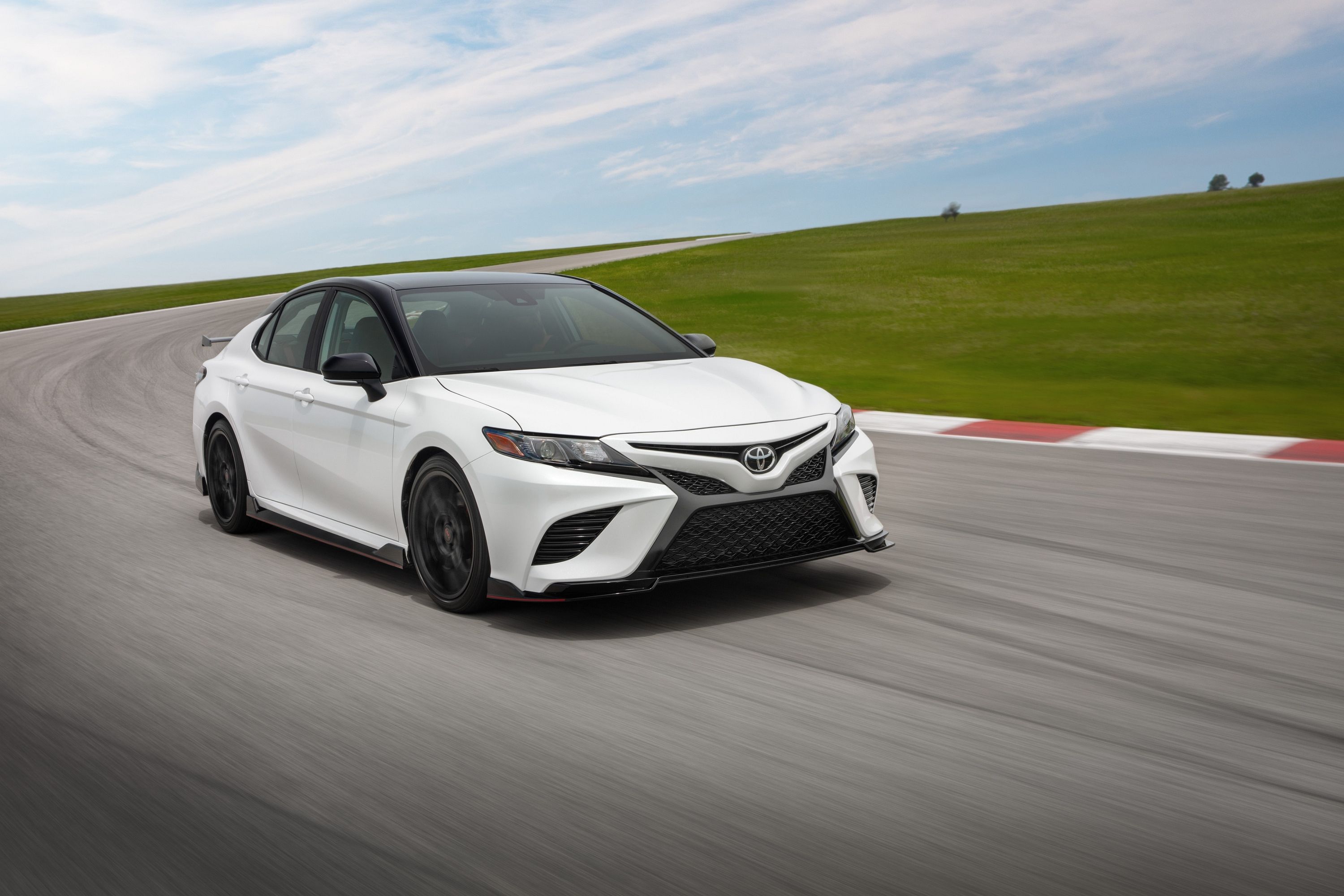
A huge range of new cars, both cheap and spendy, have automatic emergency braking systems (AEB). Six-figure luxury barges like the Cadillac Escalade have it, and so do cheap get-around cars like the Toyota Camry. The IIHS says the feature is nearly universal in new cars. It worked with the NHTSA to get 12 out of 20 automakers to include AEB in all of their US-spec models. That was also achieved well ahead of the IIHS' September 2022 goal.
Despite that, the IIHS says AEB systems aren't good enough. "Thankfully, in the real world, AEB systems are preventing crashes at higher speeds than the maximum 25 mph our test program uses, the problem is that our current evaluation doesn't tell us how well specific systems perform at those speeds," says IIHS Senior Research Scientist David Kidd.
The IIHS wants to find out just how well everyone's AEB systems hold up at higher speeds. That's a fair goal, given that many of the country's roads have speed limits higher than 30 mph. In fact, the IIHS says it's suffering from its own success. The programs used to test these systems don't effectively differentiate among systems from different automakers. The institution says that 85% of the vehicles that hold either the Top Safety Pick or Top Safety Pick+ awards meet the standards for a "superior" AEB system, and that's part of the problem.
As a result, the Institute is dropping its vehicle-to-vehicle front crash prevention from the Top Safety Pick criteria next year. David Kidd is tasked with finding a more suitable- and more stringent- replacement. Currently, the test has vehicle's AEB systems tested at up to 25 mph, which the IIHS says isn't fast enough, despite these systems reducing accident likelihood by up to 70%. Kidd has found that 3% of police-reported rear-end crashes happen at these low speeds. The IIHS says upping that 25 mph limit is the key to getting better AEB systems in the long run.
Kidd has found that federal crash databases don't track crash speeds. However, Kidd has used the posted speed limit to get a rough idea of how fast vehicles are going when crashes occur. Only around 3% of all rear-end accidents happened on roads where the limit was 25 mph or less. Obviously, speed is a major factor in crash severity, hence why Kidd is developing new testing standards.
The IIHS, using David's findings, plans to conduct tests on six cars equipped with differing front crash systems, like AEB, up to 45 mph. It hopes that by upping the speeds for these tests, systems will have to become better to earn that coveted Top Safety Pick or Pick+ award, thereby making systems better and preventing more severe accidents from occurring.
